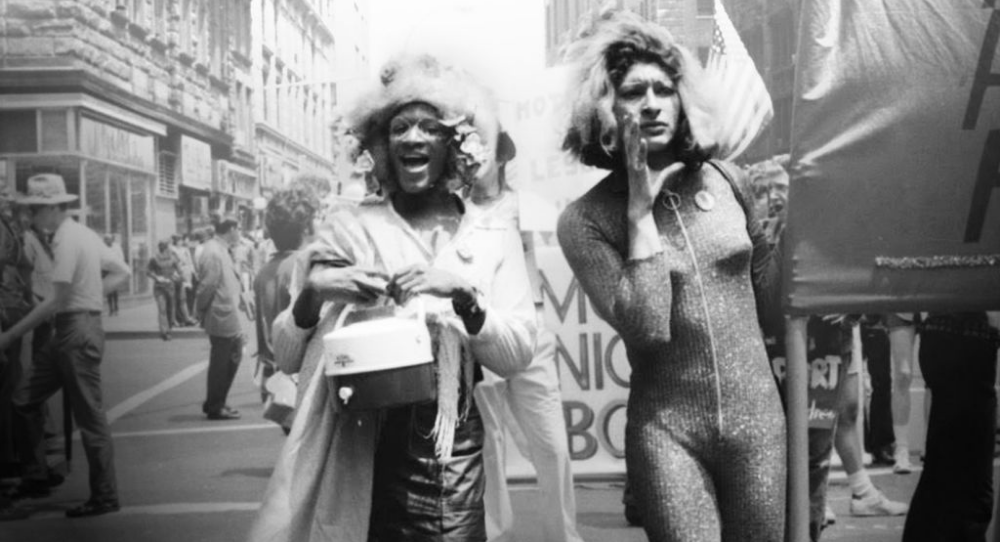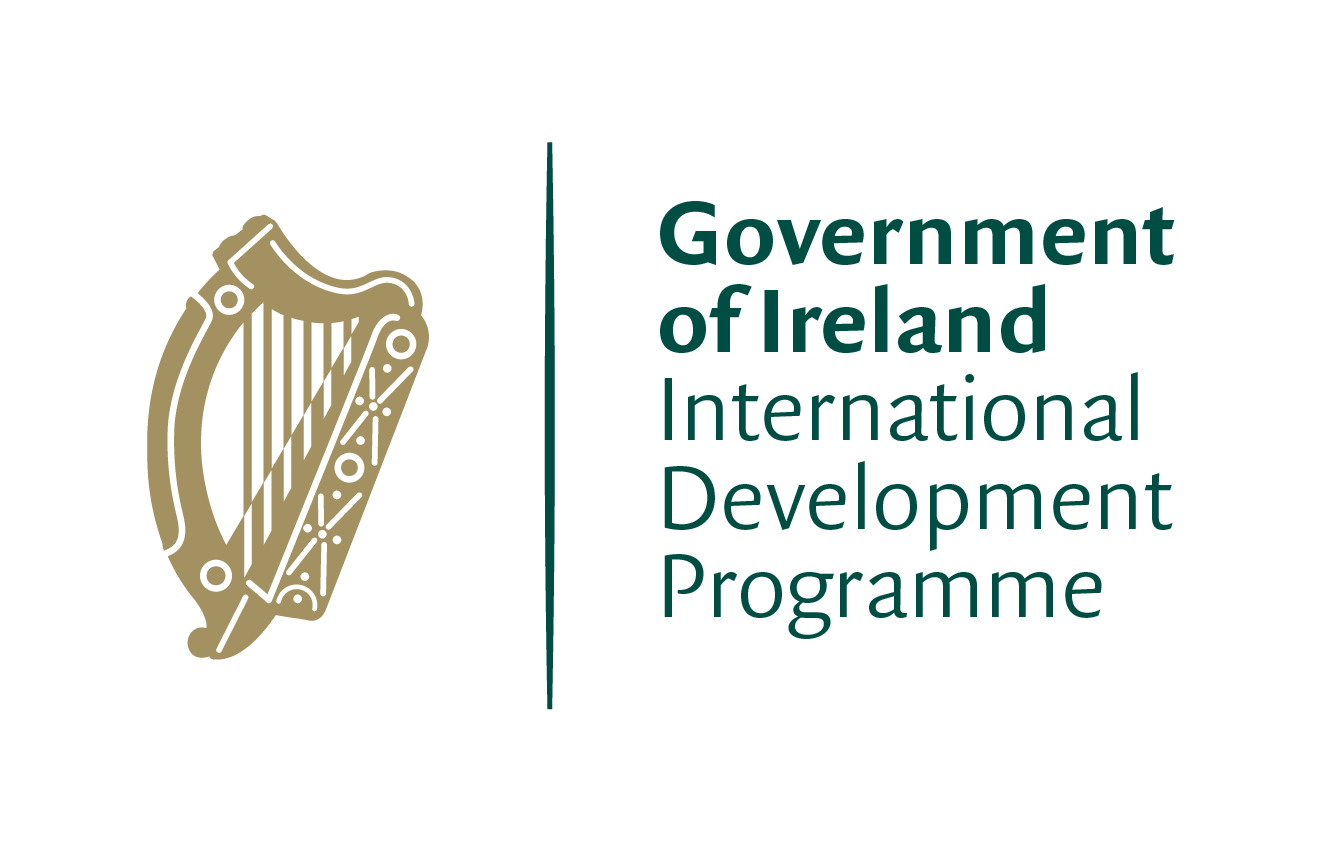By: Lina M. Sanchez B.
Photos taken from Netflix: The Life and Death of Marsha P. Johnson.
This is a sad tale of the struggle for civil rights for LGBTIQ+ people in the United States. Black, transgender, poor and, at the end of her life, HIV+, she was an intense and fierce political activist, a pioneer in the struggle for LGBTIQ+ rights and co-founder of S.T.A.R., an organisation that provided food, clothing and shelter to young trans or drag queens living on the streets. Marsha also played an important role in the Stonewall rebellion, an event that propelled the fight for gay rights. Always political, she shouted in the streets, took part in marches, was interviewed, was photographed by Andy Warhol and still lived in poverty, often on the streets. The causes that led to her death: a presumed murder, a presumed accident, a presumed suicide have not really been revealed yet.
Marsha P. Johnson was born Malcom Michaels on 24 August 1945 in Elizabeth, New Jersey. She was the daughter of General Motors worker Malcolm Michaels Sr. and Alberta Claiborne, a homemaker. She was the fifth of seven children. As a child she attended the African Methodist Episcopal Church. This habit would stay with her as an adult: she continued to attend Catholic and other churches, and some of her most fervent followers call her a "saint".
But let's go back. When she was 11 years old, in 1966, Marsha began living on the streets, a situation that was to be repeated systematically throughout her life. In 1970 she was hit by a bullet and exhibited her first sign of mental illness. She could walk naked down Christopher Street only to be arrested by the police. She was given antipsychotics, released after three months and the next month she was Marsha Pay no mind Johnson again. Some say that she sometimes had a "Malcolm" personality: her voice was thick, she became violent and picked fights. She was also characterised by a kind of condition that made her easily distracted. She had the ability to string thoughts together but found it difficult to go back to the beginning, as the documentary directed by David France attests, Death and life of Marsha P. Johnson.
Identity and performances
Marsha identified herself as a drag queen, although she used feminine appellatives to refer to herself. Researcher Susan Stryker, a professor at the University of Arizona, describes her as gender-non-conforming. She considered herself gay, transvestite and drag queen. In those days the category transgender was not often used, and the use of gender-non-conforming would take even more years to be defined. Once the humorous way she referred to the P. that made up her name, Pay it no mind, was so funny to a judge that he let her go free. One of the many times she was arrested. How many times? Marsha stopped counting after the hundredth.
Johnson began wearing women's dresses at the age of five. This event, though revelatory for her, would only develop extensively years later. In an interview, Marsha also recounts that as a child she was molested by a 13-year-old boy.
As a drag queen she did several performances with the group Hot Peaches, a New York theatre troupe that had a show once a week every week from 1970 to 1990 and was often compared to The Cockettes, a successful hippie and psychedelic group based in Kaliflower, California. In 1990 he performed with Hot Peaches in London. With them he would also sing a classic, "Love", in the production The Heat, without a good voice or musical studies but with dynamism and commitment. Her drag style was marked by her economic situation, which was challenging. She wasn't part of the high drag crowd, those who could afford expensive dresses and fine ornaments. Instead, she was known for wearing flowers and fruit on her head, and for wearing plastic heels. She wore extravagant wigs, and had a big smile that crossed most of her face, the elongated face that, though hard, lacked angular lines. His eyebrows were closely outlined, and this gave a kindness to his facial expression. This can be seen in one of the photographs taken by Andy Warhol in 1975, who took an interest in her and made her part of a collection of Polaroids called Ladies and Gentlemen. It is a provocative and ambiguous series, whose main idea is to make evident the fact that drag queens are royalty and not simply imitators.
Stonewall
The Stonewall uprising, Stonewall uprising, took place on 28 June 1969 at the Stonewall Inn gay bar in Greenwich, New York. The clock struck 1:20 in the morning.
In those years, raids on gay bars in the United States were frequent. Transvestites were arrested and so were women wearing less than three "feminine" outfits. Stonewall Inn was first for gay men, but slowly admitted drag queens and lesbians. To get in you had to either know the security manager or look "gay". The bar was owned by a Genovese mafia who paid to know when raids would take place. When the alarm was raised, the lights in the black main room would come on. The dance floor that accepted same-sex couples - it was illegal then to dance between women or men - would rush to face the police. There was a line. Cops would ask for documents. The policewomen would take the drag queens, or who they thought appeared to be drag queens, to the bathroom to check if they were a "man in drag". Arrests were made in the routine violation of rights.
On that 28 June 1969, however, no one gave notice to the bar; the raid came with a steady pace. The bar patrons were enraged. There was something in the air, still nameless, headless, unorganised, reverberating and needing only a broken glass to explode.
The 1960s in the United States were a turbulent time of struggle and social movements. The African-American civil rights group, the hippie movement, anti-Vietnam war demonstrations and the benevolent, liberal atmosphere of Greenwich were allies of the insurgent response at Stonewall. Rodwell, the owner of a bookshop just down the road from the Stonewall Inn on Christopher Street, remarked that he saw police chasing civilians, only to find them in the next street, the former running away from the latter. A drag queen hit a policeman with her purse. Those who had been let out gathered in front of Stonewall. There were arrests. The police wagons were slow to arrive, they left, they arrived. Thirteen people were arrested and five policemen were injured. At around 4am silence began to creep into the street. Later in the morning, still unable to digest what had happened, some protesters gathered in Christopher Park. The week that followed was filled with more demonstrations, attacks, fights and arrests.
Not everyone welcomed this belligerent reaction within the community, especially the more conservative strands of the gay movements that were anti-drag, anti-femininity and anti-bisexual and anti-violent attacks. Nevertheless, the impact of this event still reverberates around the world today. Two organisations were formed, the Gay Liberation Front and the Gay Activist Alliance, and the Pride march was established the following year and quickly spread globally.
A year after the Stonewall Uprising, Marsha P. Johnson and her friend and activist Sylvia Rivera founded the organisation S.T.A.R., Street Transvestite Action Revolutionaries. This political organisation was responsible for providing food, shelter, clothing, etc. to the most vulnerable people in New York. Immigrants, people of colour, drag queens, sex workers and homeless youth found refuge at 213 East 2nd Street. The two founders, Johnson and Rivera, paid for the expenses incurred by S.T.A.R. House with their own money from sex work.
Sylvia Rivera
Sylvia Rivera was a political activist born on 2 July 1951 in New York. Her father abandoned her at an early age and her mother committed suicide when she was 3 years old. Her grandmother disapproved of her effeminate behaviour, which manifested itself in her early use of make-up. Of Puerto Rican and Venezuelan descent, she began living on the streets at the age of eleven and quickly became involved in the drag queen community, which also included homeless transgender people.
Her political activism also found a front in the anti-Vietnam War, civil rights, feminist, African and Hispanic rights movements with Young Lords and Black Panthers. She lived on the streets as an adult in an abandoned lot from which she was evicted by the police. After displacement, however, she was taken in by a friend, began working in a church and revived her political life, which lasted five more years until her death on 19 February 2002 from liver cancer. Two years before her death, in Italy for the Millennium March, she was hailed as a mother of LGBT people.
In one of his speeches during those five years before his death, in the public square, he recalled the importance drag queens had played in the LGBTI movement, and highlighted how the mainstream gay movement had turned its back on them. "Alreadyll better be quiet down".. He said that STAR, his and Marsha P. Johnson's organisation, was indeed trying to do something to help and protect the most vulnerable members, but not for those white, middle-class men and women.
Death
Towards the end of her life, Marsha P. Johnson also became active in the AIDS Coalition to Unleash Power (A.C.T.U.P.) movement, a New York-based group founded in 1987. This group sought to make a positive impact at the political and legislative level by seeking solutions, encouraging research and raising awareness of the large numbers of people living with HIV.
Marsha was found dead on July 6, 1976, in the Hudson River, where today a memorial stands in her memory. The details of her death have not been clarified. The New York police classified it as a homicide, without looking deeper into the facts, and since then there have been many protests to find out if it was a murder or an accident. His friends and supporters are unable to believe or justify suicide. The case was reopened in 2012 after heavy pressure from activist Mariah López. On 4 June, two days before her death, Marsha was interviewed about her life and this interview would be part of the documentary, directed by Richard Morrison and Michael Kasino, Pay it No Mind: The Life and Times of Marsha P. Johnson.
The activist who fought for gay, trans, afro, VHI+, lived repeatedly on the streets, was a sex worker, often suffered intense poverty, and died without her case seeming important. Perhaps, as Sylvia Rivera shouted, the mainstream gay movements did turn their backs on her.
Antony and The Johnsons, a band whose name pays tribute to Marsha Pay it no mind Johnson, composed the song River of Sorrow in honour of the queen.
Bibliography
Feinberg, Leslie (2006). Street Transvestite Action Revolutionaries. Workers World Party. "Stonewall combatants Sylvia Rivera and Marsha "Pay It No Mind" Johnson... Both were self-identified drag queens".
Death and Life or Marsha P. Johnson (USA: 2017). Directed by David France. Documentary.
Pay it no mind: Marsha P. Johnson (2012). Conceived by Richard Morrison. Directed by Michael Casino. Documentary.
https://www.biography.com/people/marsha-p-johnson-112717Marsha P. Johnson Biography.
Dunlap, David W. (2002). Sylvia Rivera, 50, Figure in Birth of the Gay Liberation Movement. New York Times.
https://www.masterworksfineart.com/artists/andy-warhol/ladies-and-gentlemen-series-1975, Andy Warhol Ladies and Gentlemen Series, 1975
















